Thursday – First attempt
Unlike originally planned, we decided to push for a launch on the first day of desert activity. This change was made due to the lost day prior and the launch window closing fast, if we were to attempt a launch for the first time only on the second to last day.
Rocket launches are a tricky thing and a lot of things can go wrong on the day itself. That is why we decided to have our wake-up call for the early group at 2:45 in the morning so we could be out on the range at 4:00 immediately when the gates opened. The later group then joined in an hour later, at which point we entered full launch operations.
On that day a lot of issues had to be solved on the spot. None of those could hinder or demotivate the team at any point. Throughout the day spirits were high and the mood was full of excitement. Simultaneously to our operations we were helping other rocket teams and pushing the friendship that develops between rocket teams in the desert.
Simultaneously we fixed issues around our system and were on a delayed but possible schedule for the launch. To name a few, we had to fix issues around
- Connectivity of our directional antennas for the filling station
- Telemetry up-ling issues due to uneven terrain
- Periodic loss of launch pad communications due to frequency interference between the over 140 radio channels used at the event
- A previously unexperienced bug in the finite state machine of Avionics
- Leakages on the remote filling station
- Constant bug fixing on the electronics hardware on the remote filling side
- Transporting a fully assembled rocket of 5.5m lengths and 60kg weight horizontally on the back of a pick-up truck
- Our SRAD flight computer experiencing new issues never accounted before in the over 10 rocket launches it already had
 Pushing through with our launch operations we were able to fully erect the rocket on the launch rail and be ready to proceed with the filling procedures. Unfortunately, a storm warning was called at that point 17:30 local time which then led to a scrubbed launch. The same way as all the previous setbacks over the past 8 months, the team handled it very well. We pushed through and continued with our procedures to bring the rocket back down and to the assembly area. Even though a launch scrub hits hard emotionally, the team stayed professional throughout the disassembly. Steps were made to leave the rocket partially assembled in a newly organized container unit in the desert to allow for quicker operations the coming day.
Pushing through with our launch operations we were able to fully erect the rocket on the launch rail and be ready to proceed with the filling procedures. Unfortunately, a storm warning was called at that point 17:30 local time which then led to a scrubbed launch. The same way as all the previous setbacks over the past 8 months, the team handled it very well. We pushed through and continued with our procedures to bring the rocket back down and to the assembly area. Even though a launch scrub hits hard emotionally, the team stayed professional throughout the disassembly. Steps were made to leave the rocket partially assembled in a newly organized container unit in the desert to allow for quicker operations the coming day.
As 16 hours of work in the desert are very demanding physically and mentally, the team was sent back as early as possible in a staggered fashion to allow for as much rest as possible so the team could continue with full strength the next day.
Friday – Launch Time!
Due to health concerns around the exhaustion levels of the team, we decided to start late into the day and did a wake-up call at 4:45. Therefore, launch operations started at 6:00.

Thanks to the previous two assemblies, the operations were much smoother and quicker than during the first attempts. Additionally, the communication with the officials had been properly established by then. Every member knew what was required at what point in time by heart, which allowed to streamline more efficiently than before.
Overcoming some last-minute technical issues, the team moved the rocket to the launch pad at around 14:00 local time. As the nature of hybrid operations require everyone to evacuate the launch pad before filling can commence, HELVETIA waited for other teams to get ready as well, therefore allowing for a hybrid launch salvo for multiple teams. All ready teams went into filling operations at the same time at 17:11. Our filling proofed difficult as the electronics of the venting valve malfunctioned multiple times due to overheating opening the valve randomly and hence venting precious oxidizer. By sending a reset command to the specific PCB the issue could be temporarily fixed allowing filling to commence nominally afterwards. After a successful filling HELVETIA entered a stand-by period of a few minutes, waiting for 2 prior launches from other teams.
As soon as HELVETIA got the go-ahead from the officials, we attempted to remotely decouple the filling line. This was one of the most important steps in the launch procedure as it was a major failure mode in the previous year. As by procedures, an unsuccessful decoupling would immediately result in a scrubbed launch. Even though a thorough testing campaign proofed the high reliability of the system, the atmosphere was tense. At 17:24 the remote decoupling was successfully executed. This meant, that only a few last checks were to be done before initializing the ignition sequence.
In the heat of the New Mexican desert, on the 24th of June 2022 at 17:29:19 HELVETIA went into the final countdown. In mission control, over the PA system and in the viewing area of the team we heared the countdown: 10…, 9…, 8…, 7…, 6…, 5…, 4…, 3…, 2…, 1….Go for Launch!
Four silent seconds passed until ignition could be confirmed. Another two seconds later we detected lift-off from the launch pad and HELVETIA was propelled into the skies. At a height of around 10km above ground level the telemetry lost signal as the tracking antenna lost the rocket. Using manual tracking, the connection could be re-established after a few seconds,at which time altitude data indicated that the descent phase was already ongoing.
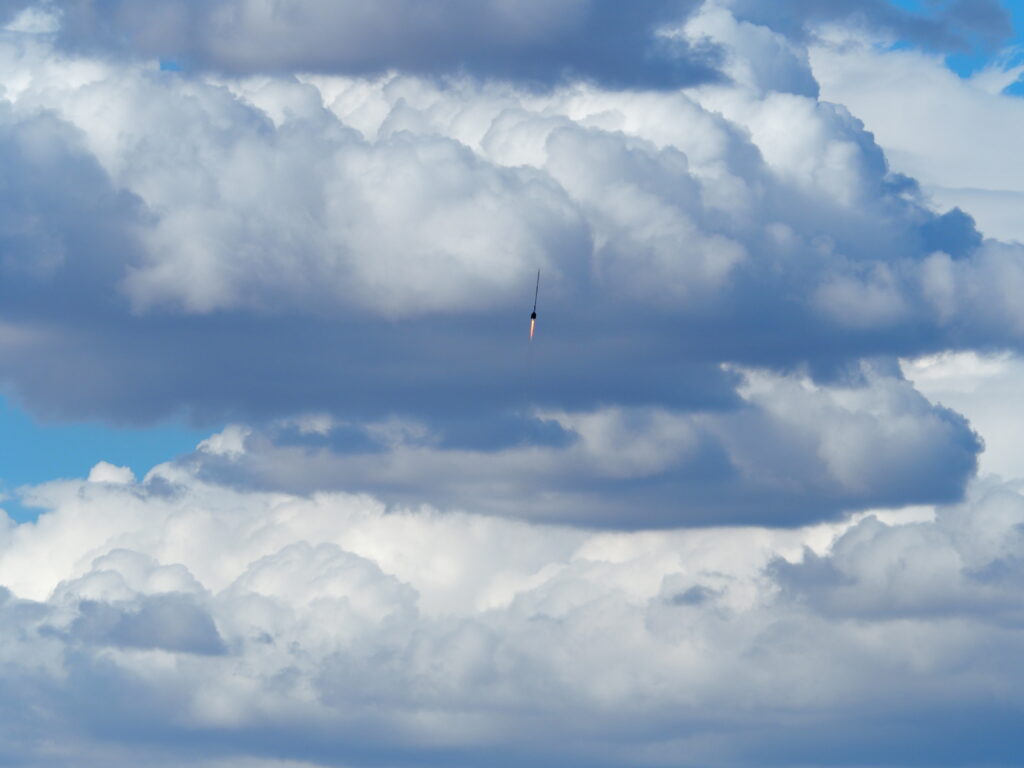
Based on the sporadic data packages coming in and some on-the-spot hand calculations a descent velocity was estimated. The results indicated drogue deployment. Through the same method, deployment of the main parachute could be confirmed which meant that the rocket was going to safely touch down at which point the team celebrated their fully successful flight.
After the initial excitement had passed, post-launch-operations were started. The assembly area was cleaned-up and made ready for disassembly of the soon-to-be recovered rocket and the launch rail was prepared as we connected with the rocket team of UCLA and let them use our launch rail as well.
Due to an incoming rain fall and the night closing in, the range was closed for ground recovery on that day, which is why it had to be postponed, as ground recovery at night would be very dangerous in the desert.
Saturday – Ground Recovery and Ceremony
The ground recovery team did not want to lose a single minute of time to recover HELVETIA. We moved out at 7:00 to be on the range at 8:00. Because of more storms, the ground recovery team had to come back to camp a few times, which delayed their progress. At around 11:30 they found the first piece of HELVETIA, the engine section. The upper part was found roughly 500m further away.
This could be explained by the fact that winds were very strong and that the rocket got dragged along the ground for over half a kilometer until coming to rest. This was later confirmed by the on-board footage that recorded until deep into the night.
Bringing the rocket back to the judges, they were astonished on how well in-tact our rocket was and awarded full points for a successful recovery. They also shared some very kind words with us, as they were very impressed by the overall engineering and design of HELVETIA to the delight of the team.
At that point the desert camp was torn down and the team packed everything back into the trailers and onto the pick-up trucks. We then moved back to Las Cruces to prepare for the final ceremony that evening.
Finally, being able to share with other teams and exchange a lot of knowledge gained, the event was a nice ending to an amazing competition. Sadly, no winners were announced that day, as the organizers had technical difficulties which made it impossible for them to fairly determine the winners. Updates are to follow as soon as more is known.
Conclusion
Rocket science is hard enough as it is. Attempting the same during the span of only 10 months, with a group of inexperienced students, working on their studies in parallel and working on the project in a freelance capacity makes it even harder. Therefore, the past 10 months were the most intense time in the life of every member of team HELVETIA and ASTREA. All the late nights and hard work culminating in a fully successful mission, in one of the most hostile environments on the planet, made the final stretch of this project perfect. The huge amount of experiences gained and knowledge gathered on an association level, team level, and personal level is simply indescribable. This project molded every member for years to come, as it is in times of hardship where people learn to persevere and conquer challenges that seem insurmountable. My personal wish is, that throughout the coming years, members of HELVETIA and ASTREA will look back from time to time and gain motivation during tough times through the fact, that against all odds we made the rocket fly.
To make something like this reality, an increadible team is needed. Without the limitless effort and personal sacrafice of the members, this would not have possible. Thank you so much to everyone in the team and from ARIS as a whole who gave it their all to make HELVETIA fly.
As a team, we would like to thank our sponsors. Without your support our dreams would have remaind dreams and would never have become reality. Thank you very much!
We would also like to thank our friends and family. You might not have seen your loved one as much as you would have liked in the past year. Nonetheless, you supported them fully and especially during the tough times were your emotional support kept them going, even though times were dark. Thank you so much for always being there!
Of course, everyone in the team would like to express their gratitude personally! A huge thank you from:
Alexander – Andrea – Andrei – Blanca – Carolyn – Chris – Constanca – Dino – Dominic – Dongkyu – Elias – Fabian – Fabienne – Fiona – Francesco – Frederik – Giorgio – Ianco – Ida – Jan M. – Jan – John – Jonas – Kai – Marc – Mathieu – Matthias – Max – Noa – Philip – Robert – Robin – Ryan – Ryan W. – Sam- Samuel – Simon – Timo – Visnusuthan – Xuenting – Yannik – Yannis – Yash
As well as a wholehearted thank you from myself. It was a pleasure working on this once in a life time project.
Rick Röthlisberger
Project Manager HELVETIA

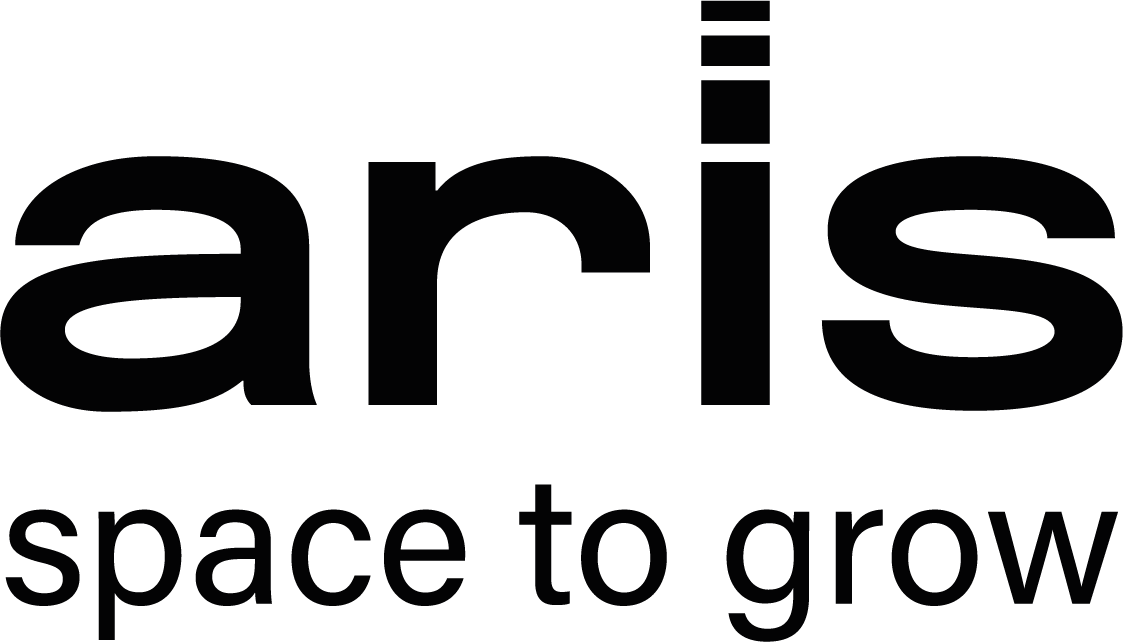

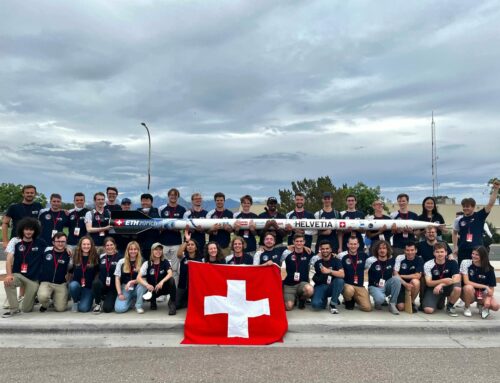
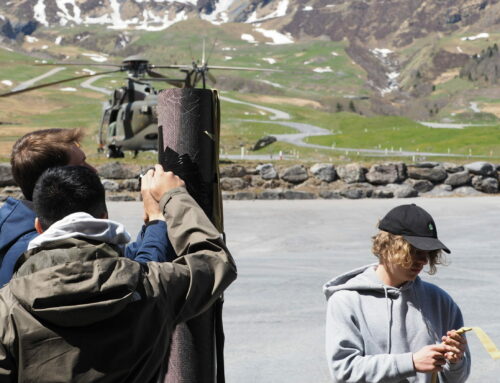

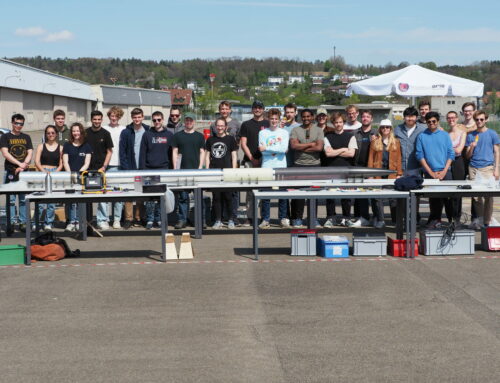
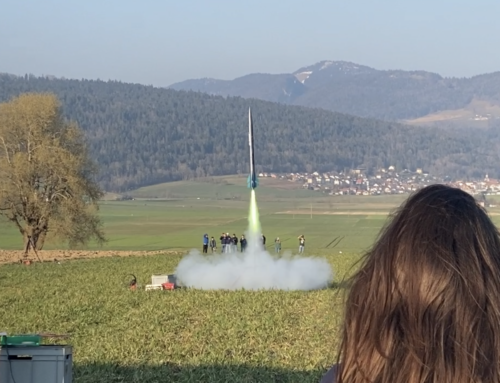
Social Contact